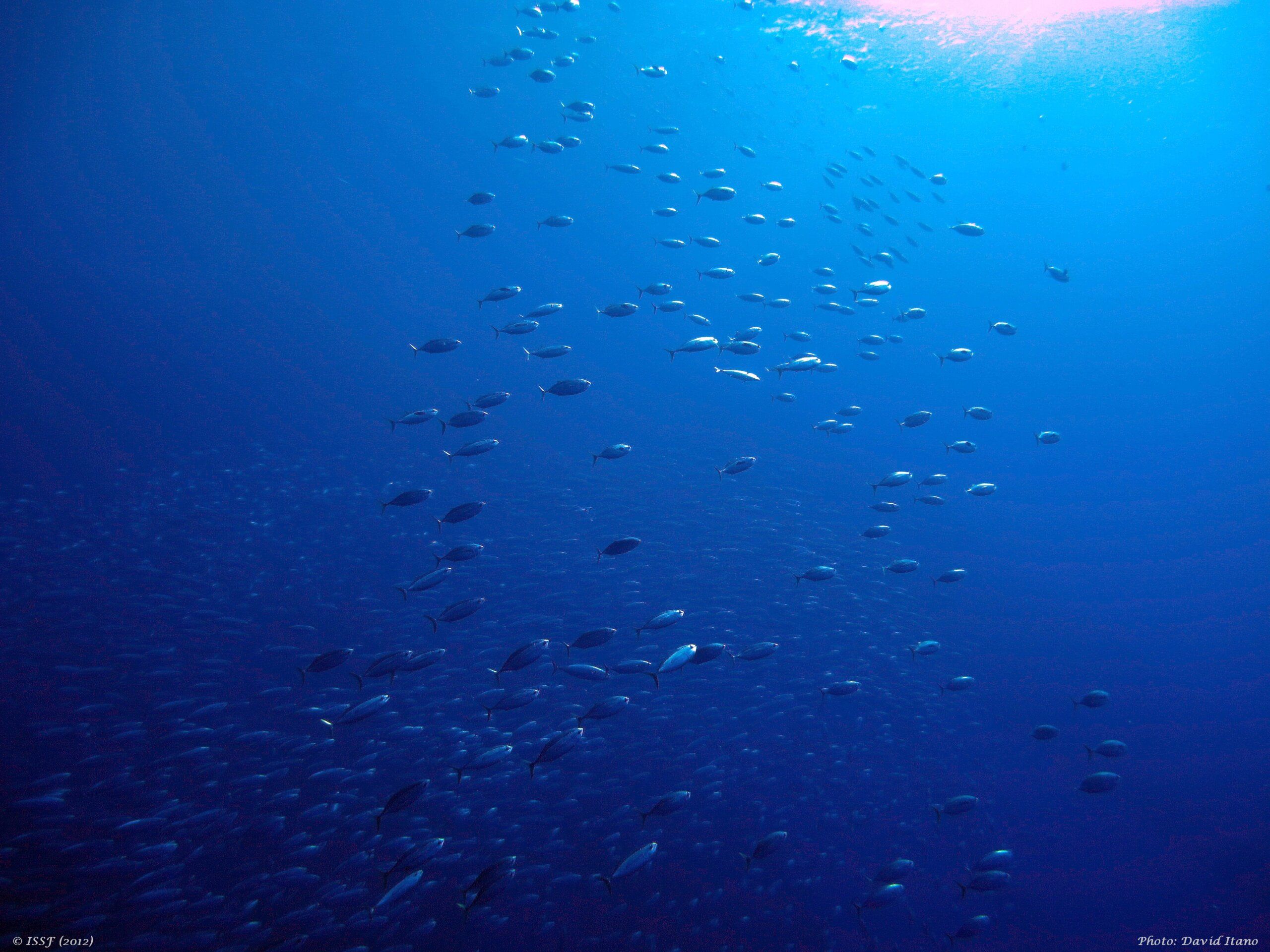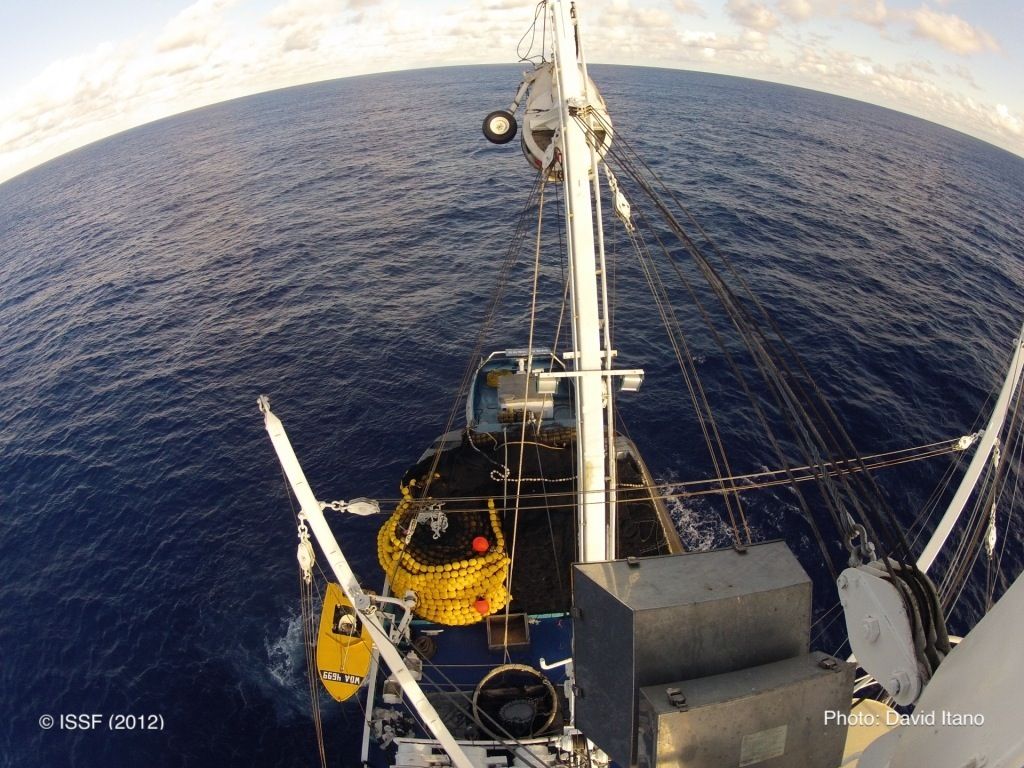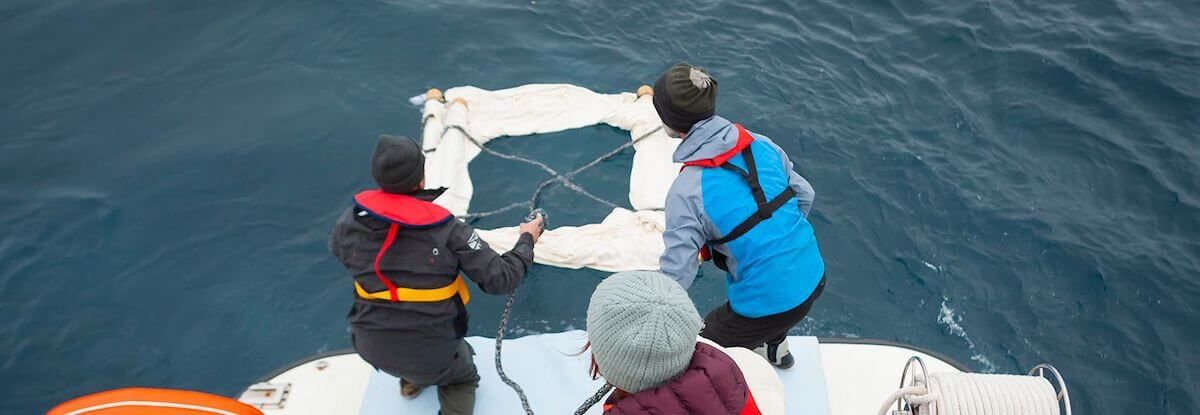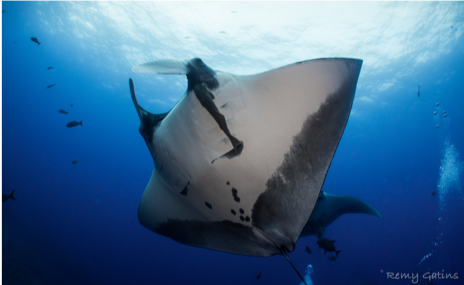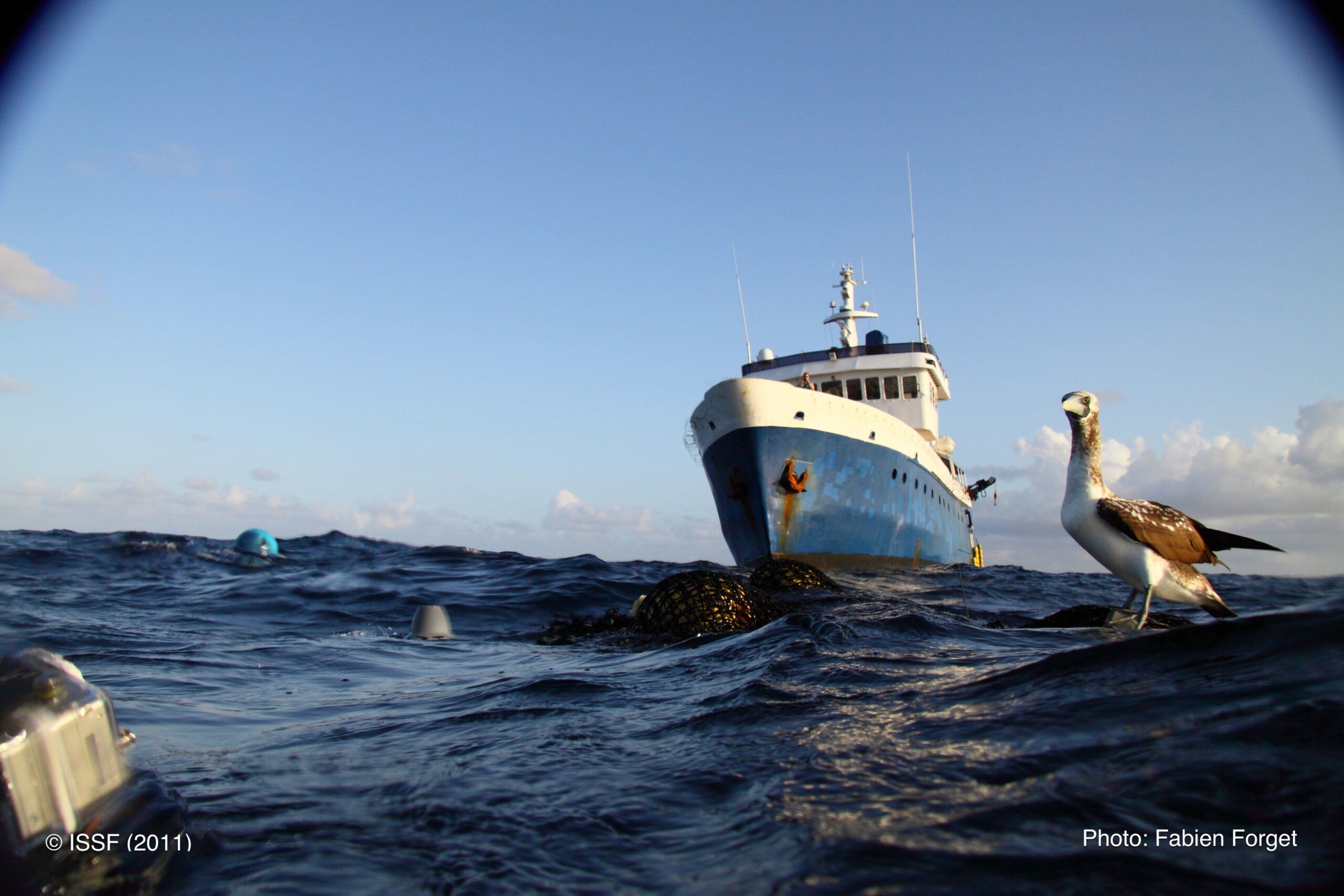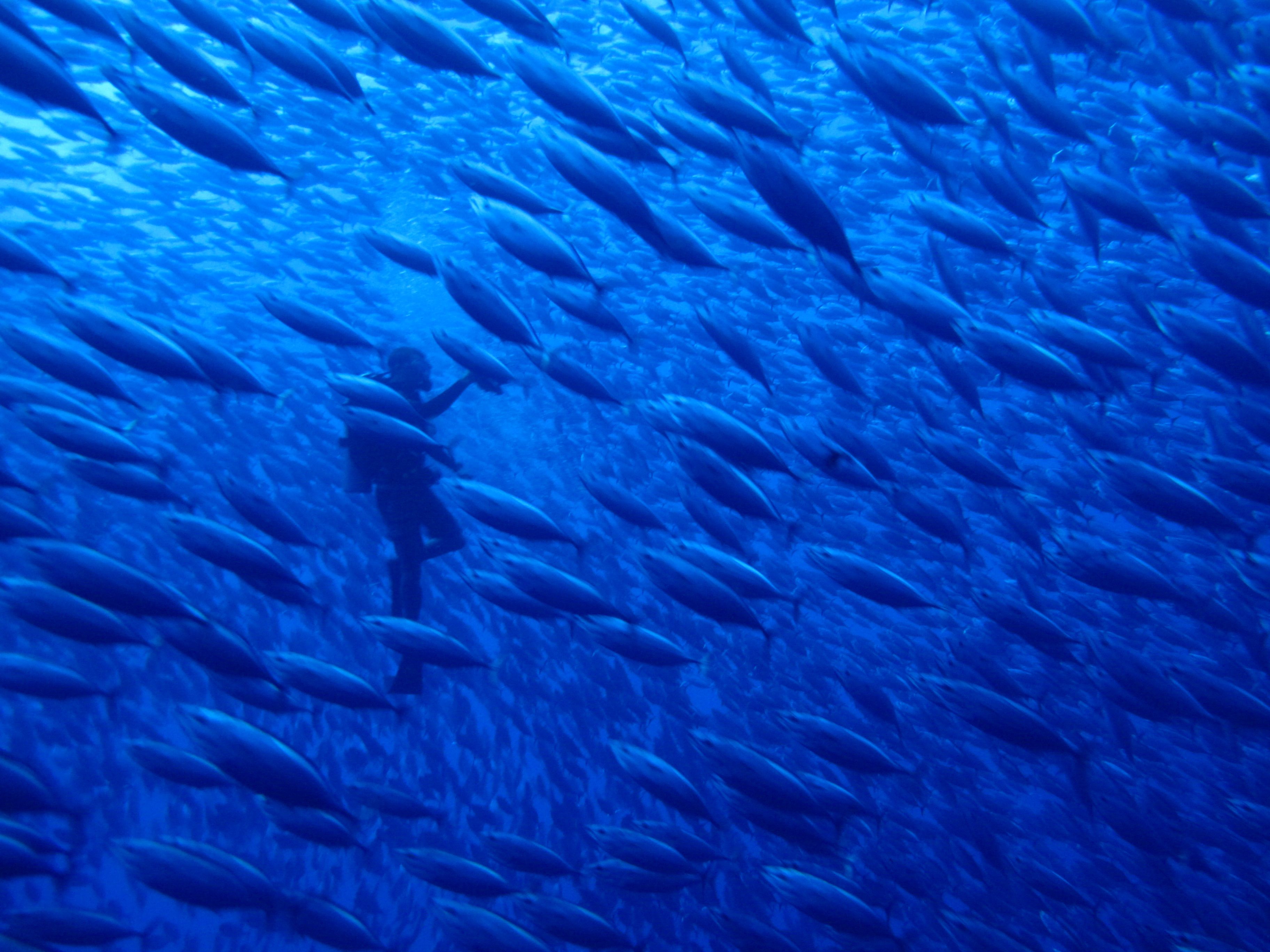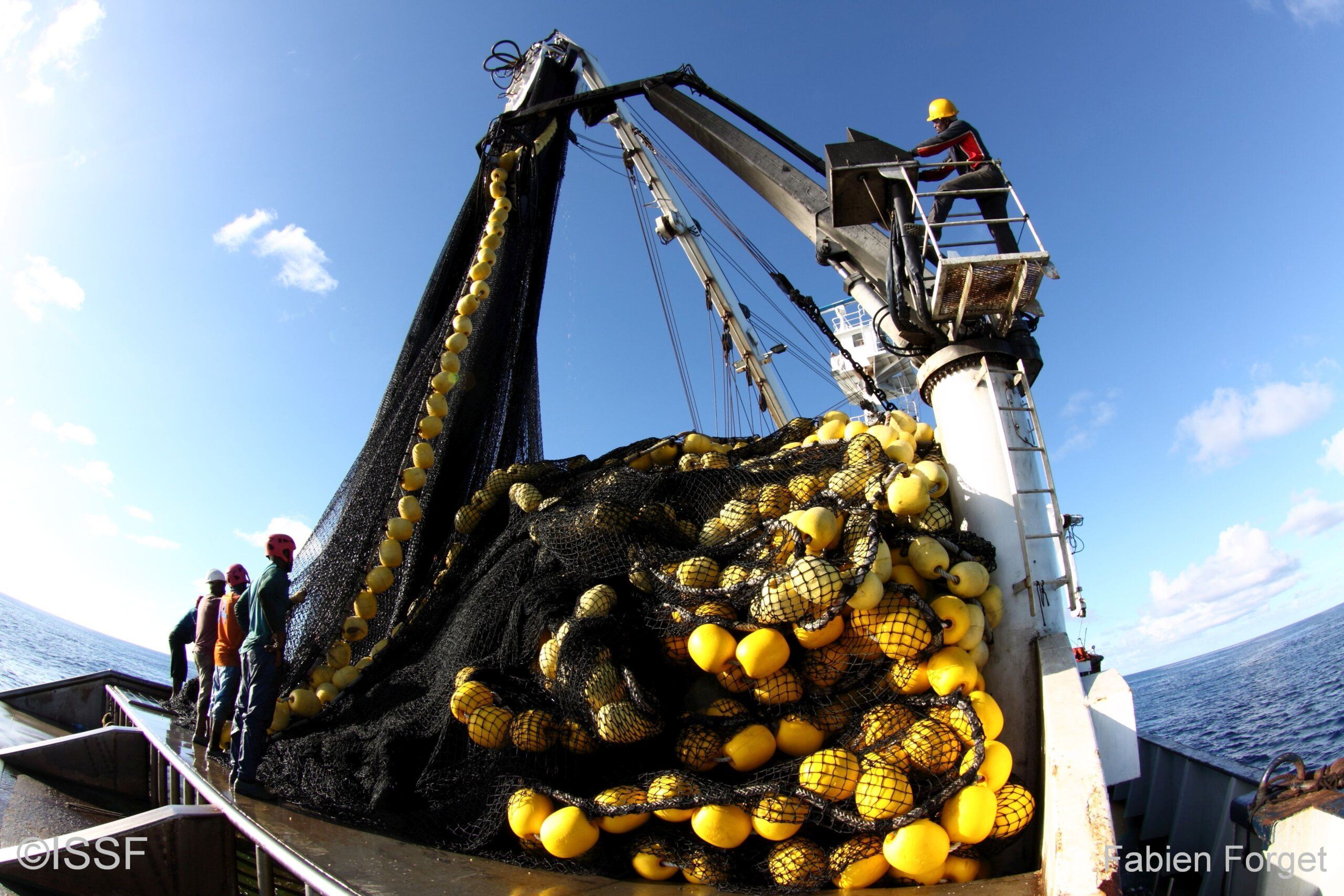ISSF Responds to WCPFC | Delivering on Science While Delaying on Monitoring for Pacific Tuna Fisheries
Featured News
ISSF’s Response to the WCPFC Annual Meeting
The Western and Central Pacific Fisheries Commission (WCPFC) concluded its annual meeting with a mix of meaningful progress and consequential deferrals — outcomes that not only validate the Commission’s capacity to deliver science-based reforms but also highlight areas where urgent follow-through is needed. For the International Seafood Sustainability Foundation (ISSF), we must assess these decisions against what we urged WCPFC to advance this year.
This year’s meeting demonstrated that when WCPFC members align around shared scientific objectives, significant outcomes are possible. The adoption of an interim management procedure for South Pacific albacore and strengthened seabird protections underscore this potential. Yet on other ISSF priorities — including FAD management, longline observer coverage, and IUU prevention — the Commission deferred essential decisions to 2026, widening the gap between WCPFC and other tuna regional fisheries management organizations (RFMOs).
ICYMI
Mixed Results at ICCAT 2025: Skipjack Management Procedure Adoption Marks Progress, Other Key Reforms Slip to 2026 and Beyond
As ICCAT concludes its 2025 annual meeting in Seville, ISSF offers a measured assessment of the outcomes. While the Commission made meaningful progress in some areas, particularly on harvest strategies, many issues central to achieving fully monitored and accountable fisheries were deferred to intersessional work in 2026 and beyond. Intense time spent on bluefin tuna quota negotiations also limited the Commission’s ability to advance other priority reforms.
We evaluate the results of the meeting through the lens of the priorities highlighted in our October ICCAT preview.

